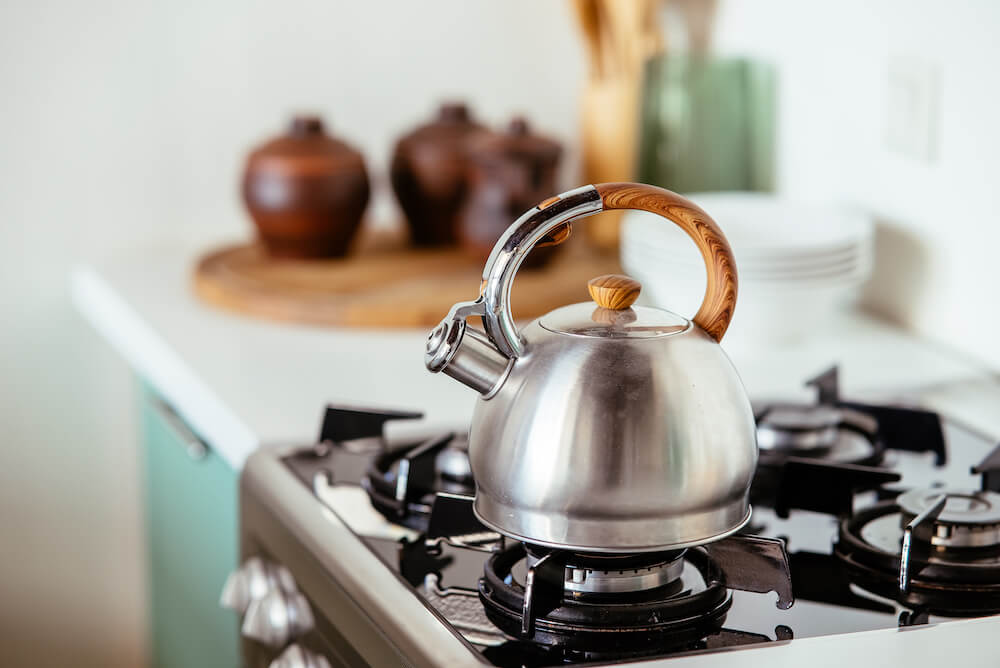Gas stoves have been a preferred way to cook for decades, but people are starting to be concerned about the impact on indoor air quality. As well they should.
Gas stoves can harm health. This is because they release a range of pollutants into the air when burned. The main ones include carbon monoxide, nitrogen dioxide, particulate matter, and formaldehyde:
- Carbon Monoxide: Carbon monoxide is a colorless gas with no smell. It can cause headaches, nausea, and even death if inhaled in high concentrations.
- Nitrogen Dioxide: Nitrogen dioxide is a gas that is produced when gas is burned at high temperatures. It can cause breathing problems like asthma, and may increase the risk of lung infections.
- Particulate Matter: Particulate matter is a mixture of small particles that are released into the air. They cause lung problems and are related to lung cancer and heart disease.
- Formaldehyde: Formaldehyde is a colorless gas. It can irritate the eyes, nose, and throat. It’s been named as a carcinogen by the International Agency for Research on Cancer.
The health impacts of gas stoves depends on the type and amount of pollutants in the air. Short-term exposure to high levels of pollutants can cause lung problems, including coughing, wheezing, and shortness of breath. Long-term exposure to low levels of pollutants can cause chronic lung problems like asthma and lung cancer.
Children, older adults, and pregnant people are uniquely impacted by gas stoves. Children breathe in more air per unit of body weight than adults, and their lungs and other systems are still developing. Older adults are more likely to have respiratory problems, and their immune systems may not be as strong as those of younger adults. Pregnant women are at an increased risk for low birth weight, preterm delivery, developmental delays in children, and preeclampsia.
There are a few great ways to reduce the harmful impacts of gas stoves on indoor air quality:
- Ventilate: Open windows and doors, use exhaust fans, and use a range hood to vent pollutants outside. Enough ventilation is critical. This reduces the amount of pollutants in the air.
- Maintain: Clean burners and grates, and have the stove inspected by a professional on a regular basis.
- Proper use: Use pots and pans that fit the burners, use lids to reduce cooking time, and avoid burning food.
- Use alternative cooking methods: Cook with an electric or induction stove, which emit fewer pollutants,
In conclusion, gas stoves can have negative impacts on indoor air quality and health. AirLens, the first in a series of services from BuildingLens, automatically ventilates buildings to reduce impacts. With AirLens, people living in disadvantaged communities can get the lowest cost fuel, confident that they are reducing their health impacts.
